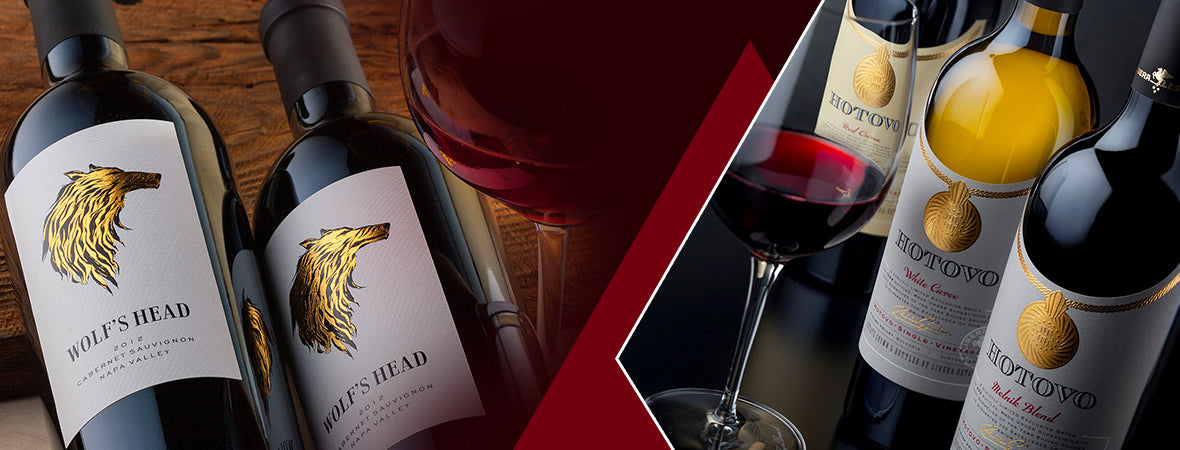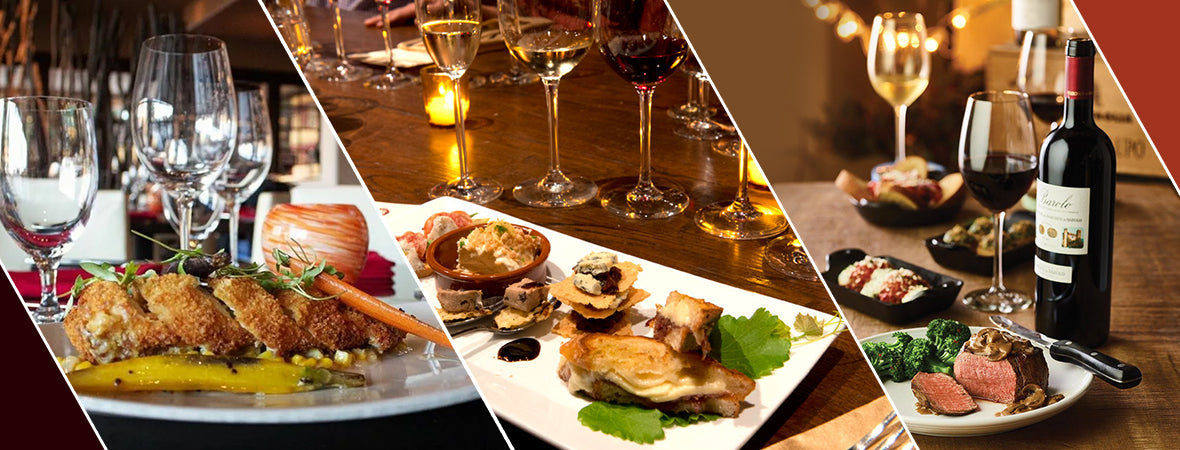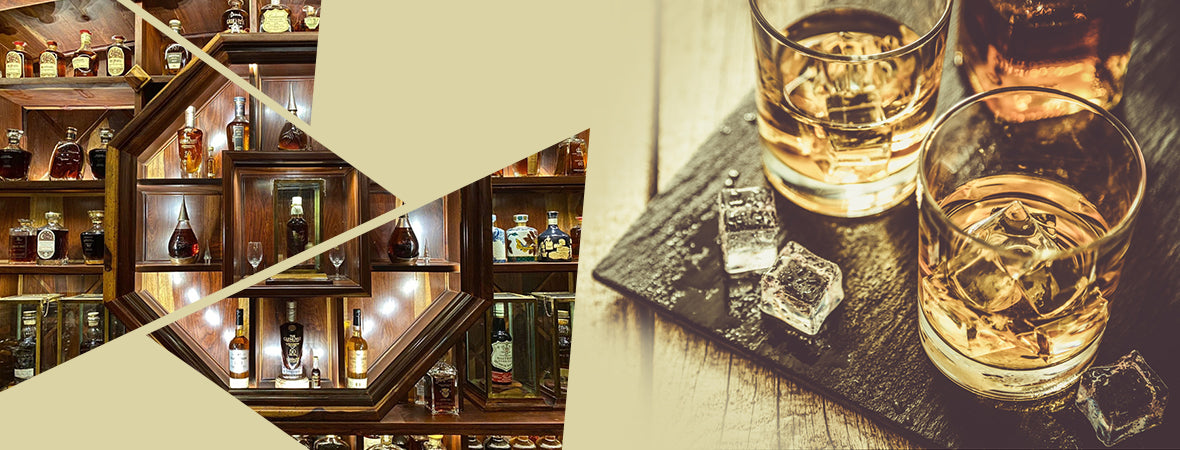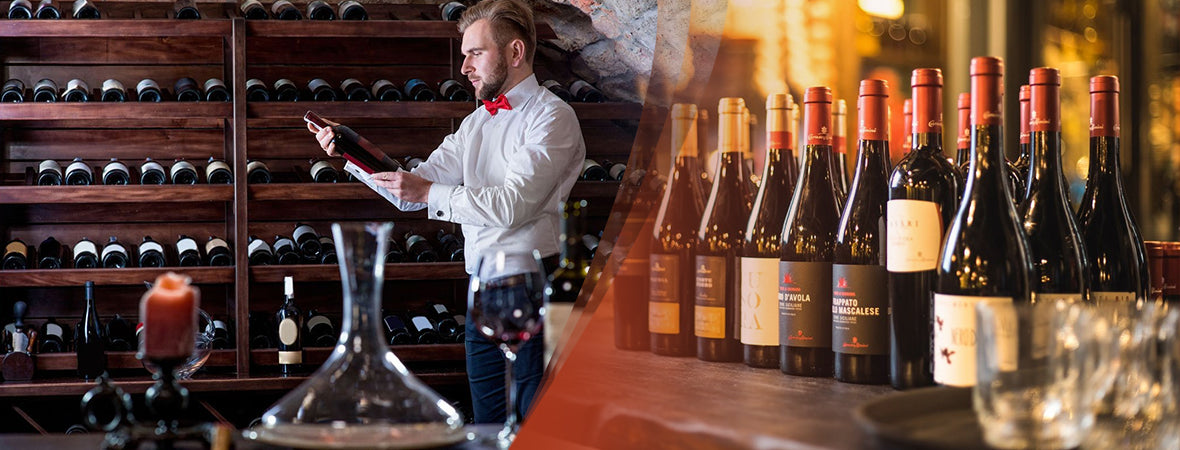When faced with the task of picking out a bottle of wine among the ever-growing choices, we rely on a wine label to tell us what the content is and hopefully some hints on quality. Understanding what need to be shown and what they mean can help decipher the content inside and make the selection clearer.
Information shown on a label is strictly governed by regulations. All wines produced within the EU follow the same labeling guidelines based on differentiating a Quality Wine (QWPSR) from a Table Wine and information required for each category. It is of interest to note that labeling regulations in the New World producing countries have historically been perceived as less restrictive than their Old World counterparts. Much of the success of New World brands has been associated with greater creativity and freedom in communicating with consumers. Labeling guidelines in the Old World are strictly regulated according to appellation rules sometimes to the extent of restricting the size and the type of font used.
Let’s look at the key information shown on a wine label:
Wine Designation
Within the EU, a wine must be designated as either a QWPSR (Quality Wines Produced in Specified Regions) or a Table Wine. For wines made outside of the EU, they must indicate the word “wine” when sold within the EU. In the United States, there is no designation requirement on wine label.
Geographical Reference
In the EU, geographical reference for Quality Wine is indicated by the name of controlled appellation (for example, names of AOC/AC/VDQS in France, DOC/DOCG in Italy, QmP/QbA in Germany, DO/DOC in Spain, DOC in Portugal). For Table Wine, it is simply indicated by the name of the country. There are intermediate categories such as France’s Vin de Pays, Italy’s IGT or Germany’s Landewein that allow the name of a broader region to be specified. Within the EU, if a geographical region is stated, 100% of wine must come from the specified region.
For the New World, geographical reference can take the form of country name, or the name of a state or region. In the United States, there is a movement to establish controlled zones called AVA (American Viticultural Area) similar to the Appellation Contrôlée system in Europe. If an AVA is listed, 85% of grapes must come within the AVA. Otherwise, only 75% is required. In Australia and South Africa, 85% is required to come from the region specified.
Quality Reference
Reserva, Gran Reserva, Riserva, and Reserve are regulated terms within EU. They are used with the intention of distinguishing superior wines and often carry minimum ageing requirement and higher alcohol level. For example, in Portugal, a Reserva wine comes from a superior vintage and must contain at least 0.5% more alcohol than the regional minimum. In Spain, Reserva and Gran Reserva carry minimum ageing requirements. A Spanish red Reserva wine must be aged for at least 3 years before release of which 1 year must be spent in oak. In New World countries, these terms do not carry any regulatory requirements and are often applied loosely.
Volume
It is required to state the volume of wine contained inside a bottle with the most common being 750mL plus an “e” mark.
Alcoholic Strength
This is simply an indication of how much alcohol is contained in a bottled wine. An ABV measurement expressed as a percentage of total volume (% by vol) is the standard used.
Vintage
A vintage cannot be stated for a Table Wine with the EU. It may only be shown for a Quality Wine. If a vintage is shown, the wine must comprise 100% of the vintage indicated. In the United States, Chile, Argentina, Australia, and South Africa, 85% minimum must come from the vintage stated.
Name of Producer/Bottler
This is simply an indication of who made or bottled the wine. Although in the EU, a producer’s address that includes the name of a controlled appellation cannot be used on a Table Wine’s label. In this case, address information is substituted by a postal code. It is of particular importance in certain regions such as Bordeaux and Alsace as appellation rules require bottling must be done within the appellation. In France, terms such asmis en bouteille au château ormis au domaine are shown on label to indicate compliance.
Lot Marking
It is a requirement under EU regulations to show a lot number associated to a wine’s bottling batch in case of any consumer’s complaint or recall. The mark is typically shown starting with an L then a coded bottling date.
Sulphites & Other Allergens
In most countries, it is a requirement to indicate that a wine contains sulphites if it contains more than 10 mg/L of sulphur dioxide. EU regulation changes have taken effect since 2004 and the same rule pertaining to sulphites also applies to any wine made or sold within the EU. Since 2002, Australia and New Zealand require other allergens such as fish, milk, nuts or egg products used in processing aid to be listed. Starting June 30, 2012, EU members will also be required to disclose usage of casein (milk products) and ovalbumin (egg products) during a wine’s production.
Government Warning
In the United States, government requires all wines to carry a health warning from the Surgeon General to pregnant women, car drivers and operators of heavy machinery against the consumption of alcohol.
Varietal Information
Varietal information is optional but is found to be behind much of New World’s marketing success. Many controlled appellations prohibit the use of varietal names on front labels. Some progressive producers have taken the route to communicate the varietal information on optional back label. In the EU, if a variety is specified on a label, the wine must be made from at least 85% of the variety. There are more stringent laws according to the regulations of each controlled appellation. In the United States, the minimum varies according to each state. In Oregon, requirement is 95%, Washington at 85% and most of the other states at 75%.
Organic and Biodynamic Labeling
Studies by the International Organic Accreditation Service, Letis, suggests that organic wine consumption maintains its growth margin despite economic downtown in recent years. United States and Canada both register a high growth rate of 20% annually. Most countries in Europe register an increase between 5% to 15% annually (Sweden 18%, Holland 10%, Denmark 8%, Italy & Switzerland 7%, France & Austria 5%). The terms organic and biodynamic are not regulated by wine laws. Each country has her own governing bodies on organic products. In France, wine producers may seek organic certification through Ecocert, Qualité France, ULSAE, Agrocert, Certipaq and ACLAVE. In the United States, organic certification is handled by the USDA. Currently, biodynamic producers are certified through Demeter.
Other Optional Information
Information about a winery’s history, winemaking philosophy and vineyard characteristics are helpful in strengthening a brand’s prestige. With plenty of competitions on the market, many labels also include information on style, sweetness level, serving temperature, anticipated maturity window, and food pairing ideas to help consumers make purchasing choices. Many producers also choose to include technical aspects such as vintage & harvest data, yield, production method, method & length of ageing, annual production, residual sugar & acidity levels and so on. On the business front, often the name of importer/distributor and contact information with website address and QR code are important factors to encourage inquiry. An element that is considered beneficial by many is to show competition awards or scores from major critics and publications. Awards and medals are common to be printed on label or as an additional sticker affixed to a bottle.





